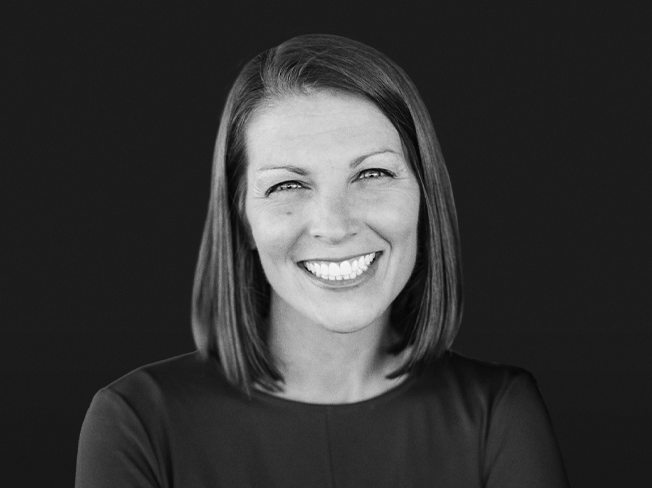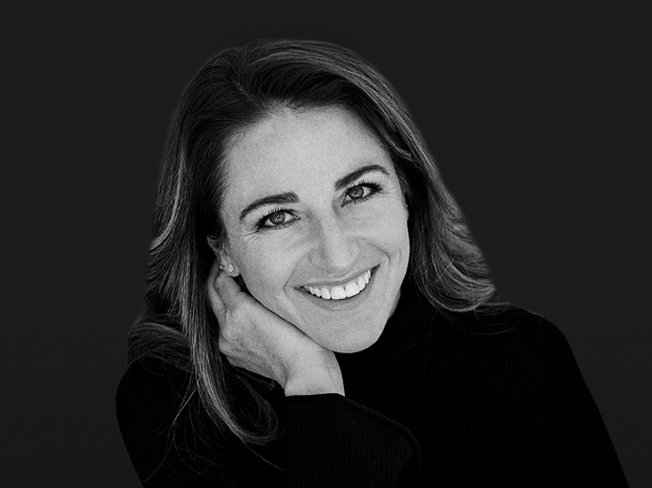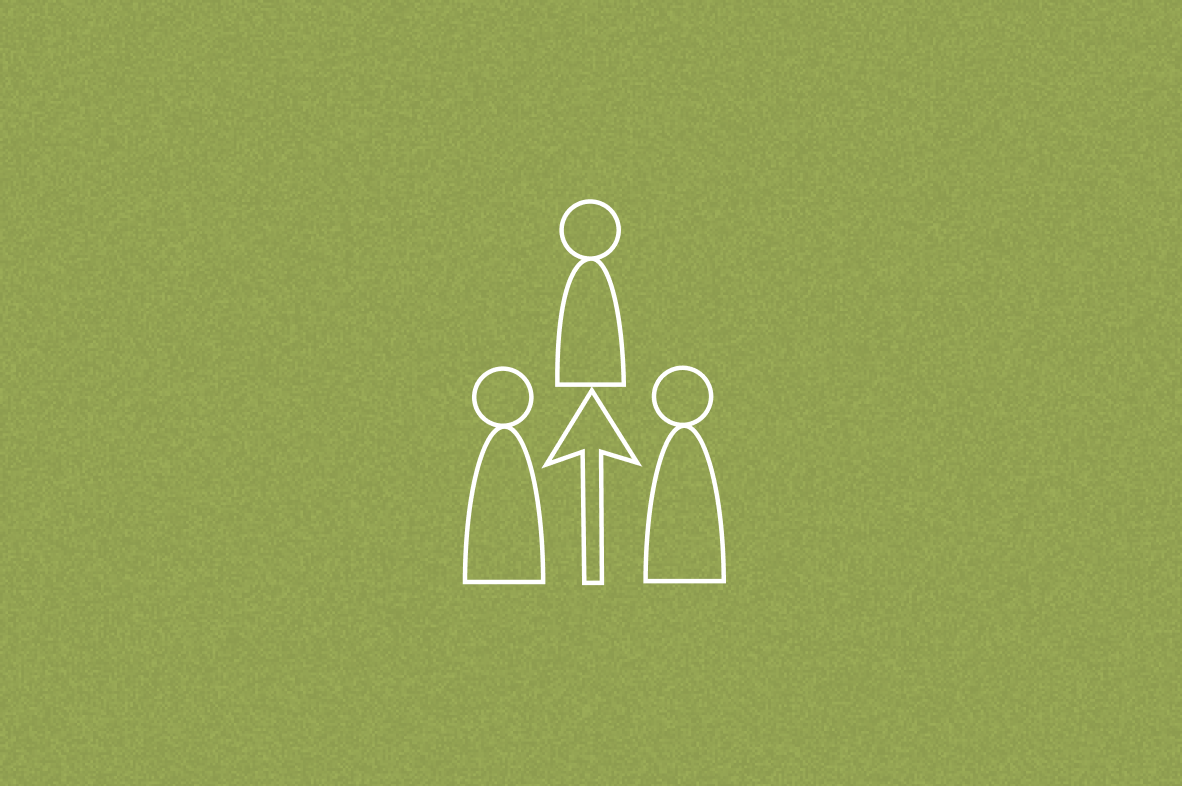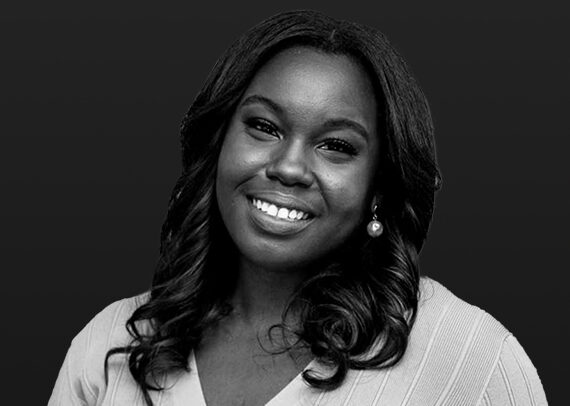Creativity for Entrepreneurs | Tory Burch Foundation
Creativity for Entrepreneurs
What creativity really is, and how founders can use it to power their companies.
33,405 Views
9 Likes
3 min read
Link copied to clipboard
Building a business is all about solving problems and seeing what isn’t there. Creativity for entrepreneurs is about supercharging their companies and bringing out the best in their teams. 2019 Tory Burch Fellow and Just Bloom School founder Sarah Lagrotteria led an eye-opening webinar on creativity for entrepreneurs to show how narrative and play can help unlock new approaches to old problems. The first step to unlocking your creativity is to throw out what you think you know. It’s not solely about artistic output; it is the ability to solve complex, open-ended problems in a new way. “Creativity is about how you can be brave,” Lagrotteria explained. She helped us foster new ideas with storythinking. Try these exercises for yourself or with your team.
Why storythinking?
Lagrotteria gets her clients to use storythinking, the process of building narratives that help them engage with possible outcomes. This is separate from storytelling, which is about communicating a message you’ve already developed. “Everyone can think in story,” she said. “You know, you don’t have to turn up the Mona Lisa. You just have to follow a story through and get to know people’s characters.” Storythinking activates the deep brain to get you away from logic and memory, where only 5 percent of creativity lives.
The elements of story you learned in school directly correlate to your business:
- Character → seeing things from someone else’s perspective
- Setting → world building, or the company culture you’re creating
- Plot → planning your day, quarter, etc.
- Narrator → getting to the “why” of a situation
Next time you’re facing a hard task or negotiation, trying using a story framework to get to the bottom of it. Try inhabiting the perspective of a person who does that task easily and see what solutions or mindset shifts you come up with.
Creativity is about how you can be brave.
Nurture creativity in your teams and yourself.
Doing Lagrotteria’s exercises with team members is a great way to unlock new ways of thinking. Other ways to make space for creativity are:
- Create a “Yes, and” environment. Make a rule that no ideas are immediately shut down during brainstorming sessions. Instead, think of additions to that idea that would make it more feasible.
- Make the time. Everyone, but especially creative entrepreneurs (for example, graphic designers), should dedicate time to taking in art that inspires them.
- Read a biography. Lagrotteria’s number-one recommendation for reigniting creativity is reading a biography. Getting deep into someone else’s story is a great way to shift your perspective.
- Defend someone else’s big idea. Consider putting team members with opposing ideas into duos, and have them swap positions. When they practice defending a different perspective, each person stretches themself to think differently.
Looming deadlines can make these experiments seem like a waste of time. However, when you remember that your next big problem-solving product can come from a seemingly random brainstorming session, you may move them to the top of your to-do list.
Try these storythinking exercises.
Lagrotteria shared these exercises during her session.
Exercise 1- Shift to Storythinking:
Think of a person who is important to you and write down 3 “to be” sentences that describe them.
E.g, Jamie is generous, Jamie is loving, Jamie is always late.
Now, pick one of those sentences to shift into narrative mode. Think of your person as a character. If Jamie was a character in a novel, what detail would have clued the reader into his generosity? Be as specific as possible and focus on his actions.
What we’ve done here is shift our thinking from equivalencies (Person A = X) into specifics and begun to perspective shift or to look at the world from a different perspective. We are also activating empathy. This is what begins to activate our deep brain.
Exercise 2 – Born to Innovate (character):
The gift of practical creativity runs through your family tree. Your forefathers and mothers innovated farming, medicine, cooking, business, carpentry, and more. Choose a person in your family (birth or found) who did something new, original, or utterly individual. Someone who stands out to you as different or unique. Commemorate their achievement by writing a 1-page bio of them, working in the same manner as you did above, focusing on the actions that set them apart.
This does not need to be an entirely accurate biography, you’re welcome to choose a family member that passed away before you were born but that you’ve heard stories about.
Exercise 3 – What Possible Futures Can You Create? (plotting):
What’s one small change you can make today that would have a big impact on your life? Plot that change forward, i.e. what does it look like in one week, in one month, in 6 months, in 3 years?
E.g. I won’t pick up my phone before 9AM, I’ll take a walk every night after dinner, I will touch base with my friends over text each morning, etc.
Go BIG with your plotting. Be brave. If you don’t check your phone, how much more time do you have in your morning? How do you spend it? What do those new activities trigger?
Help an entrepreneur by upvoting




